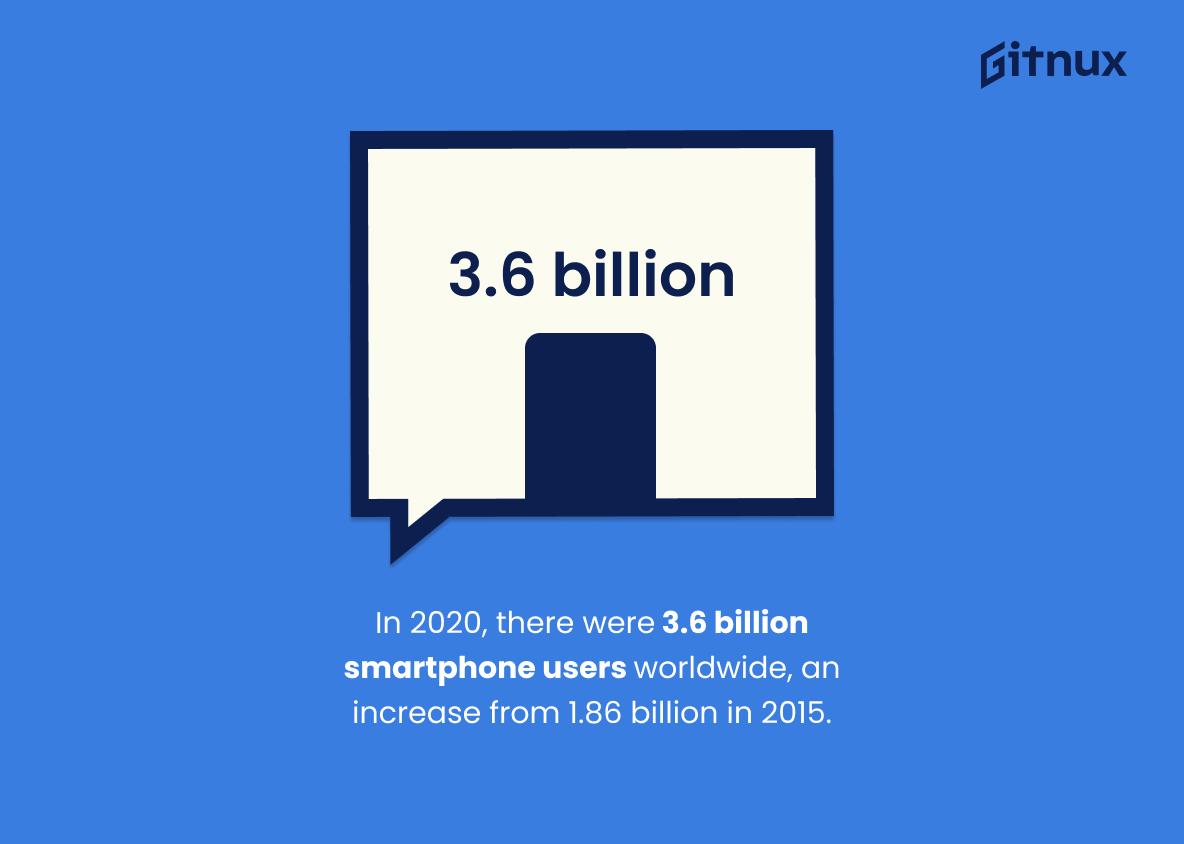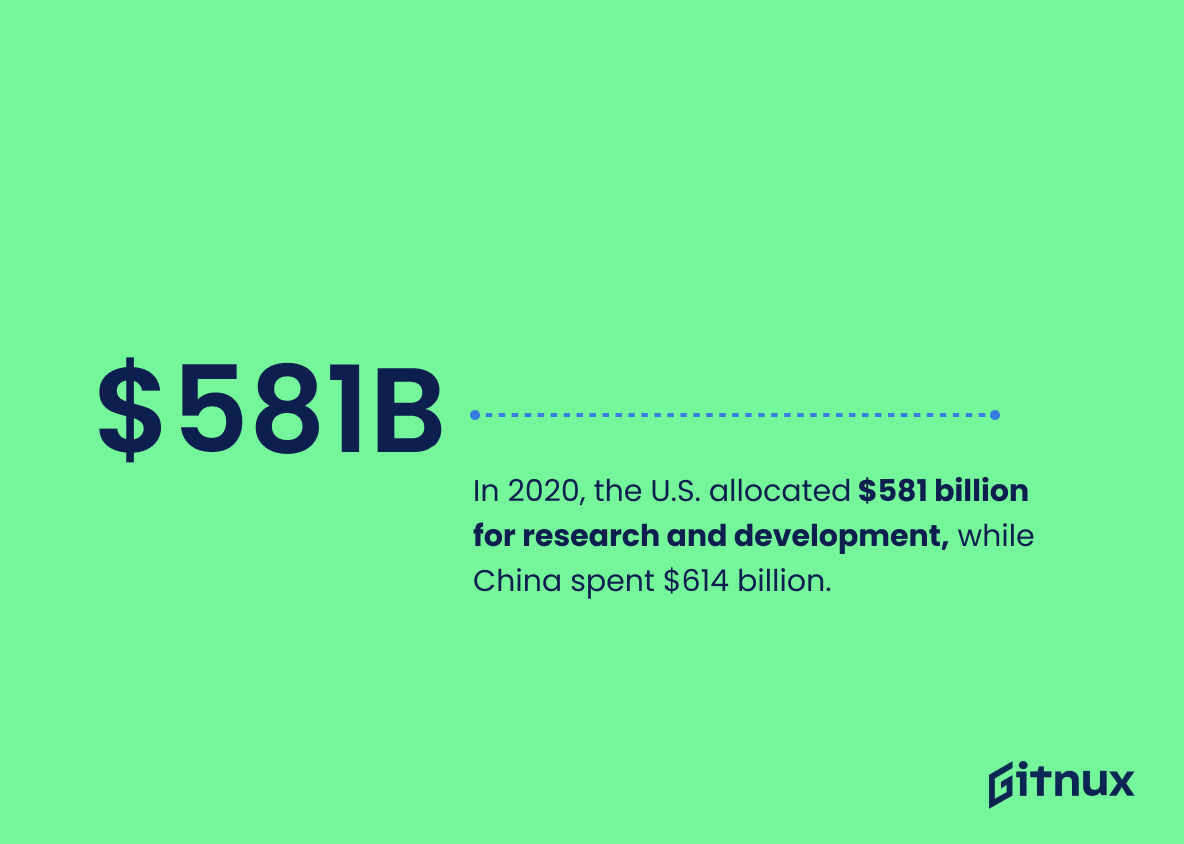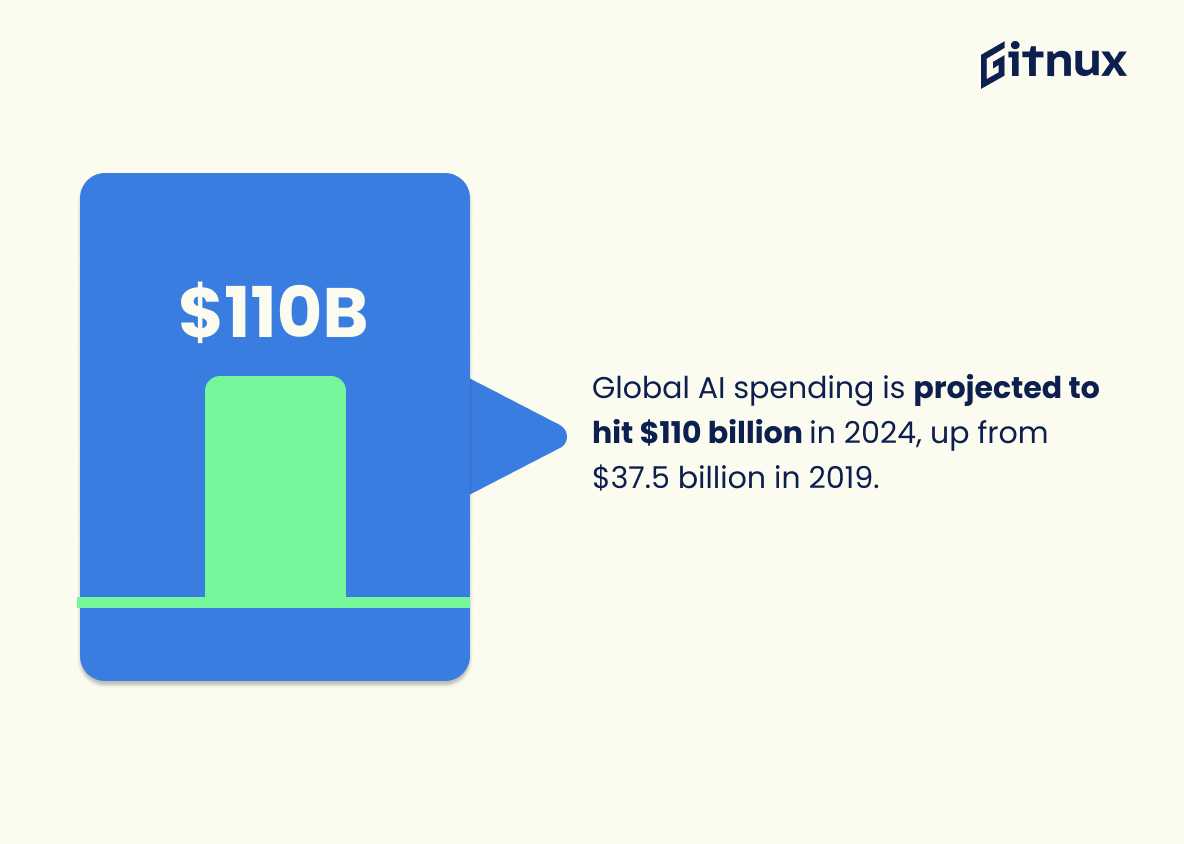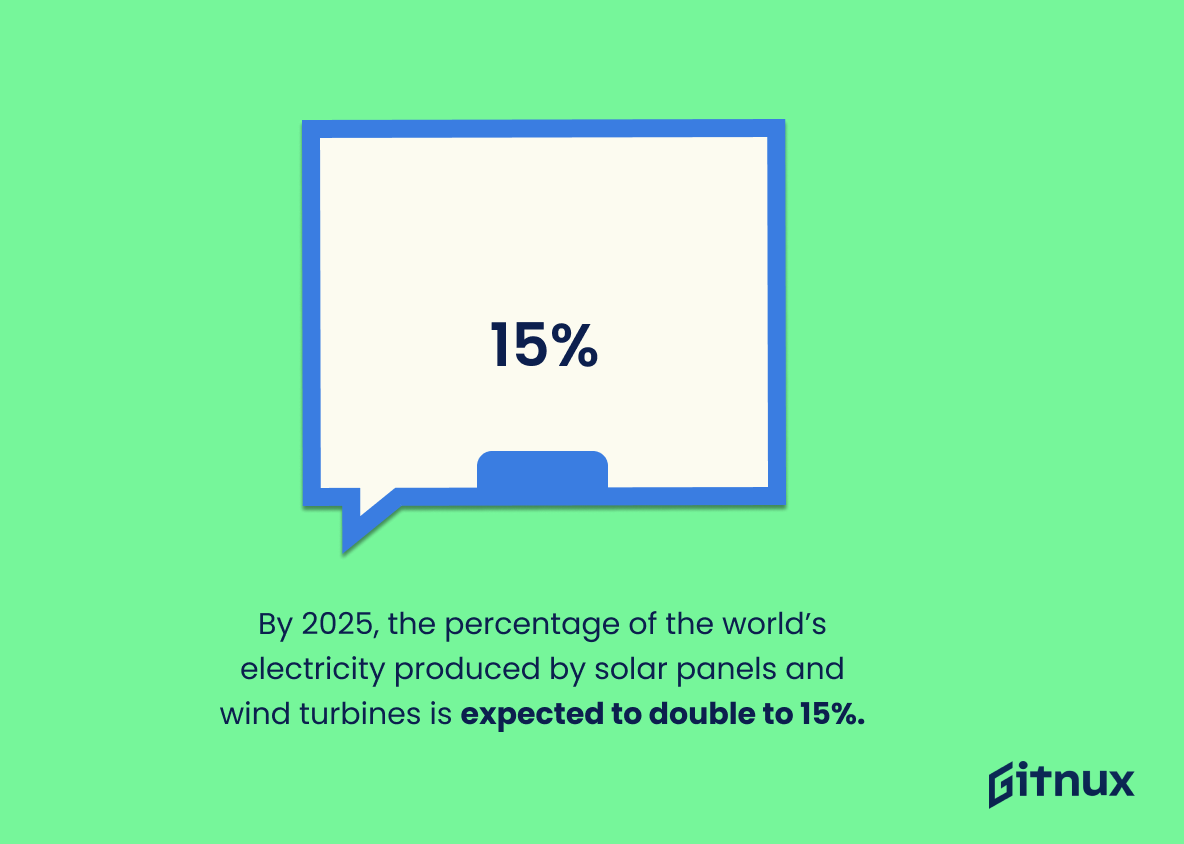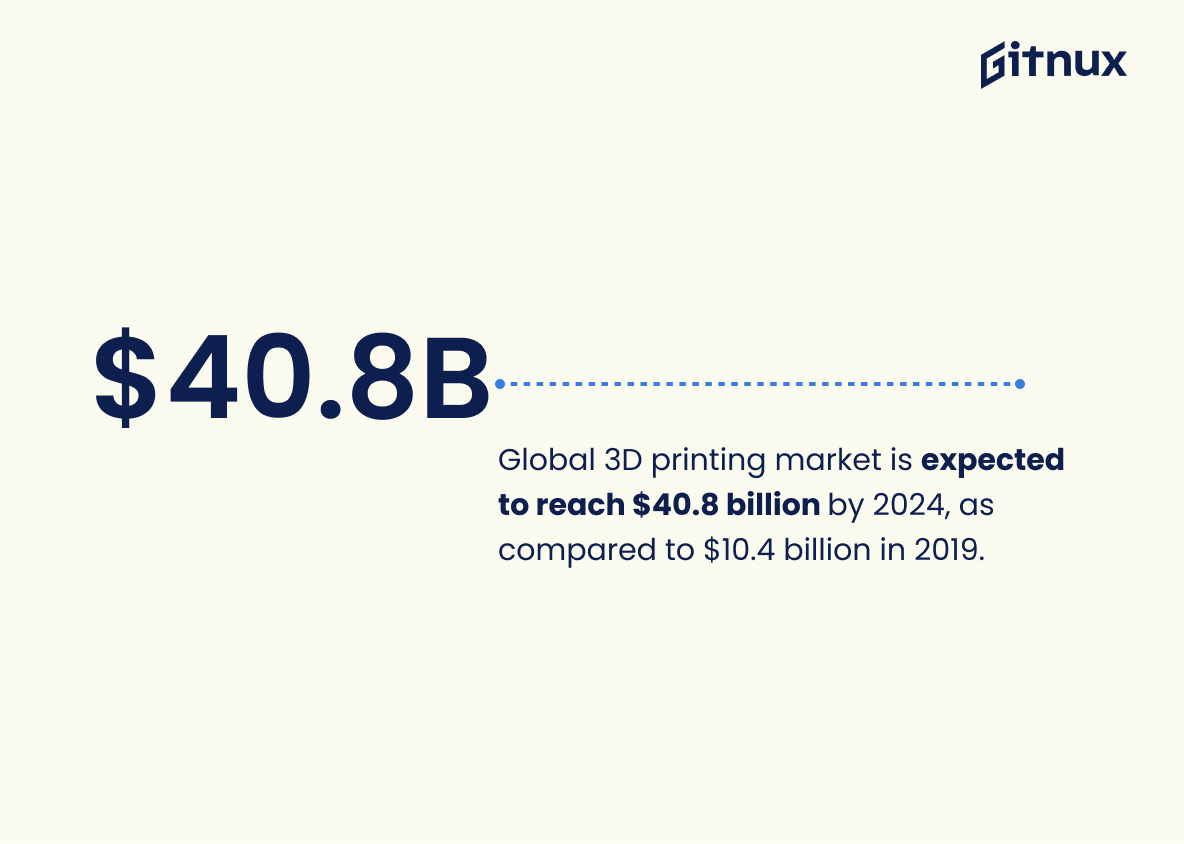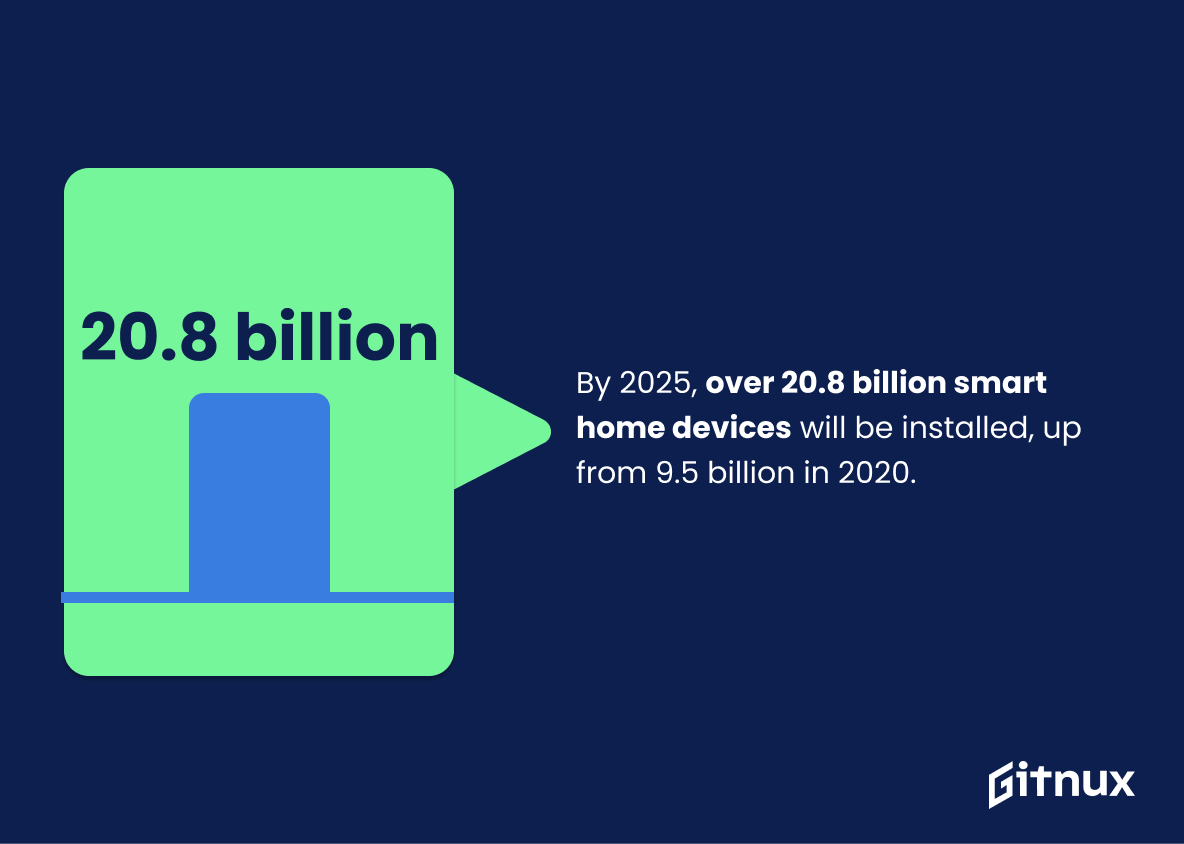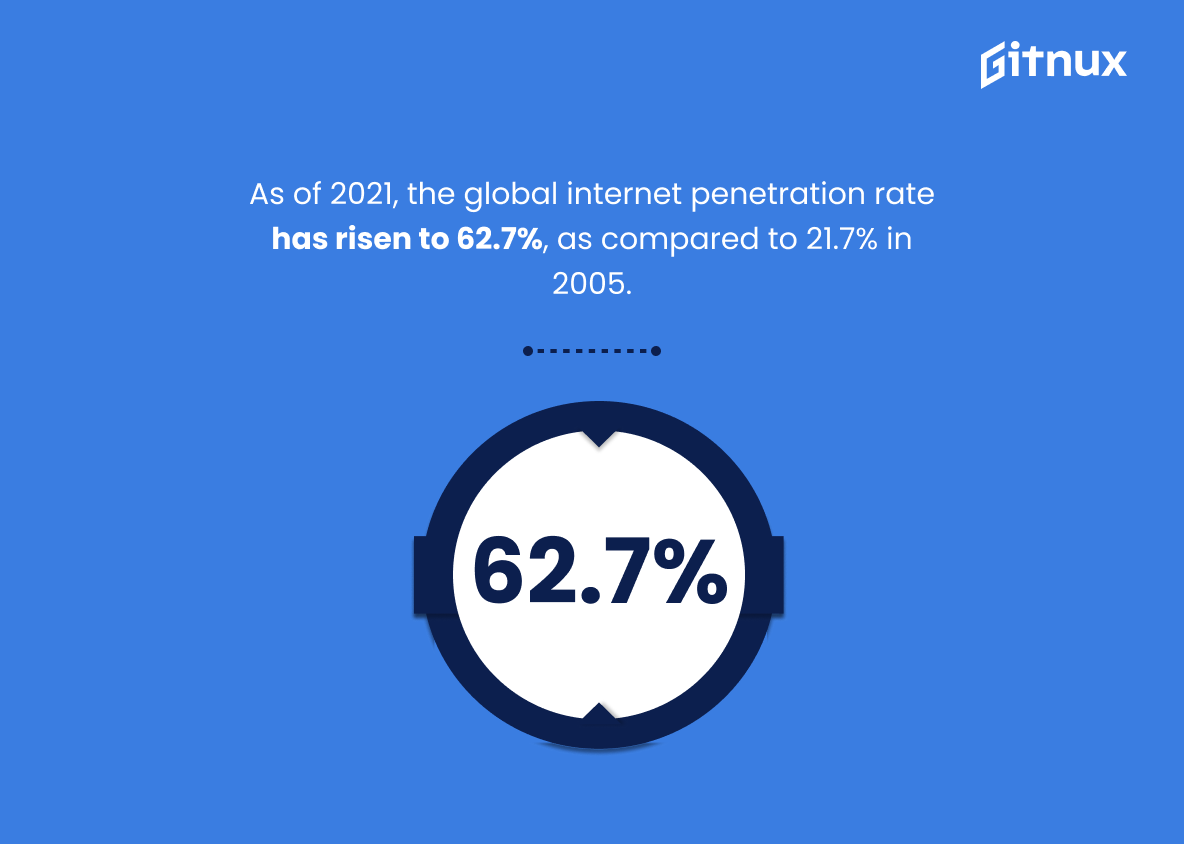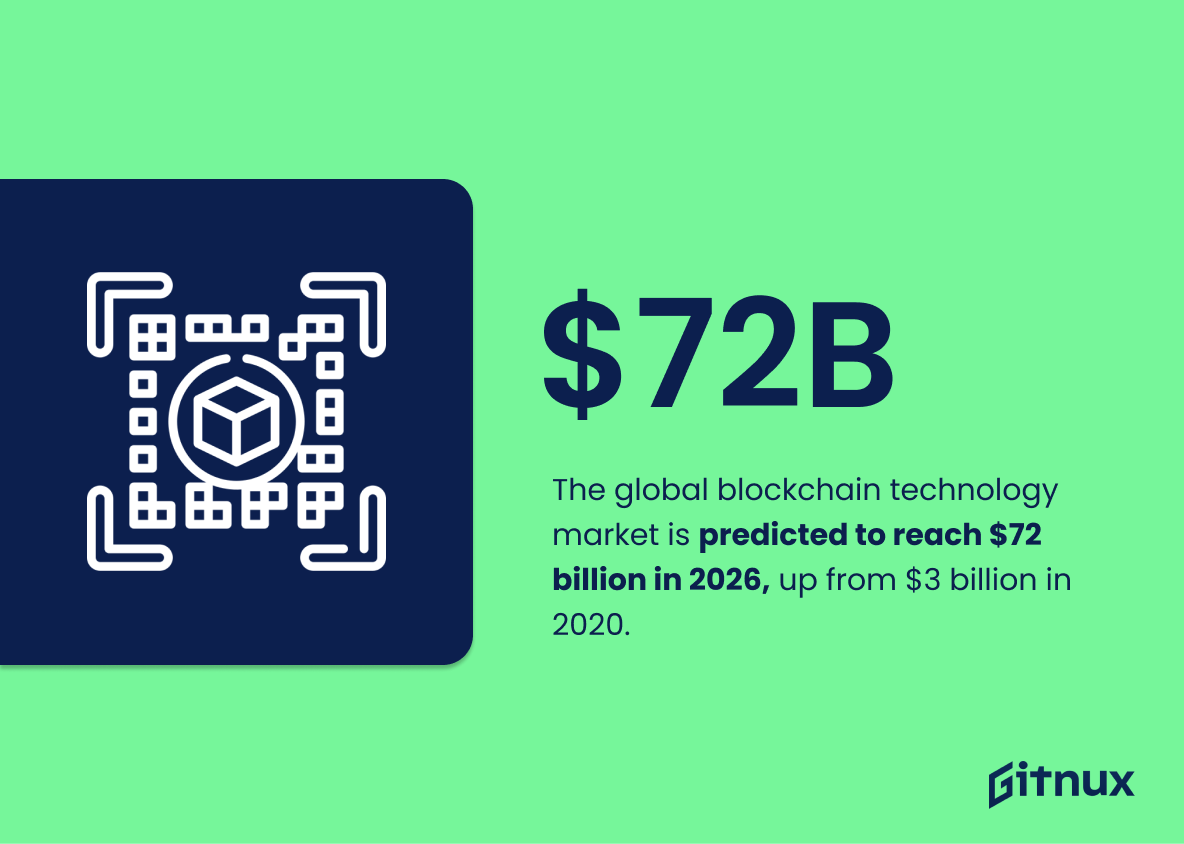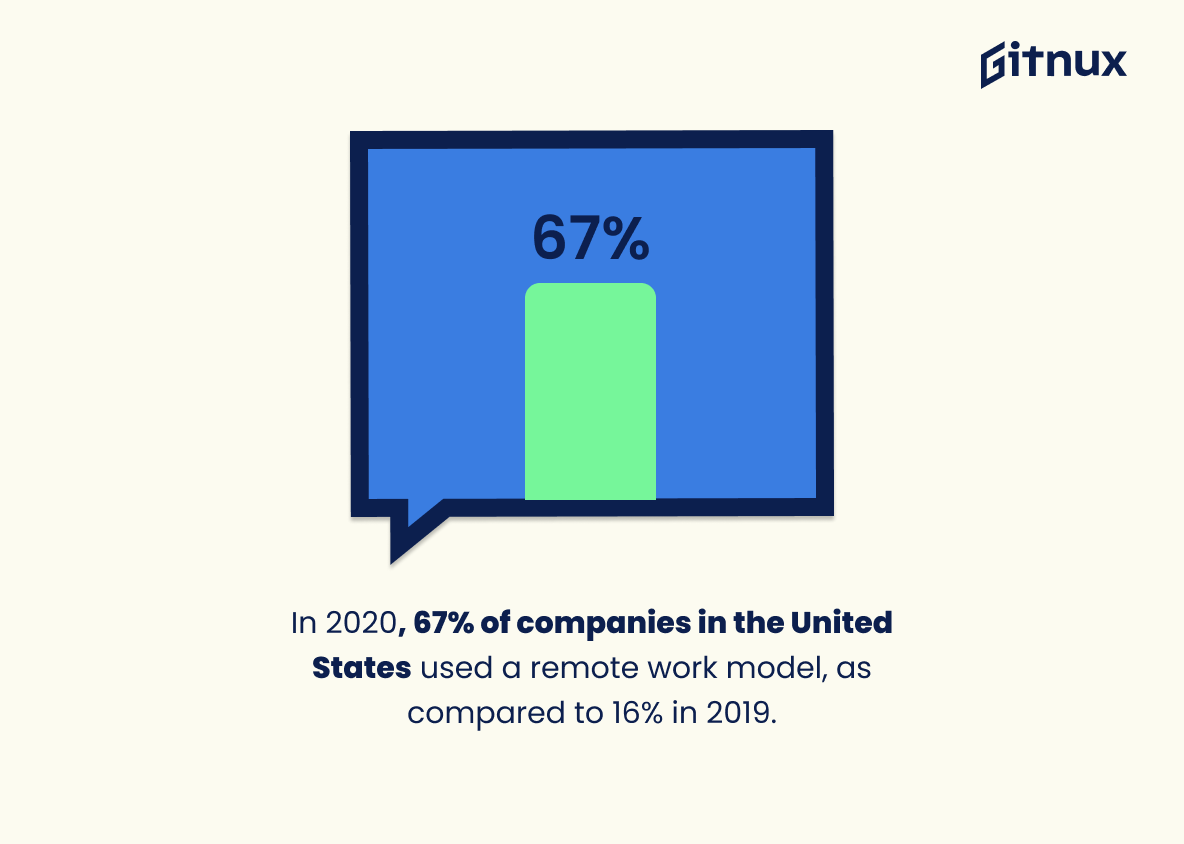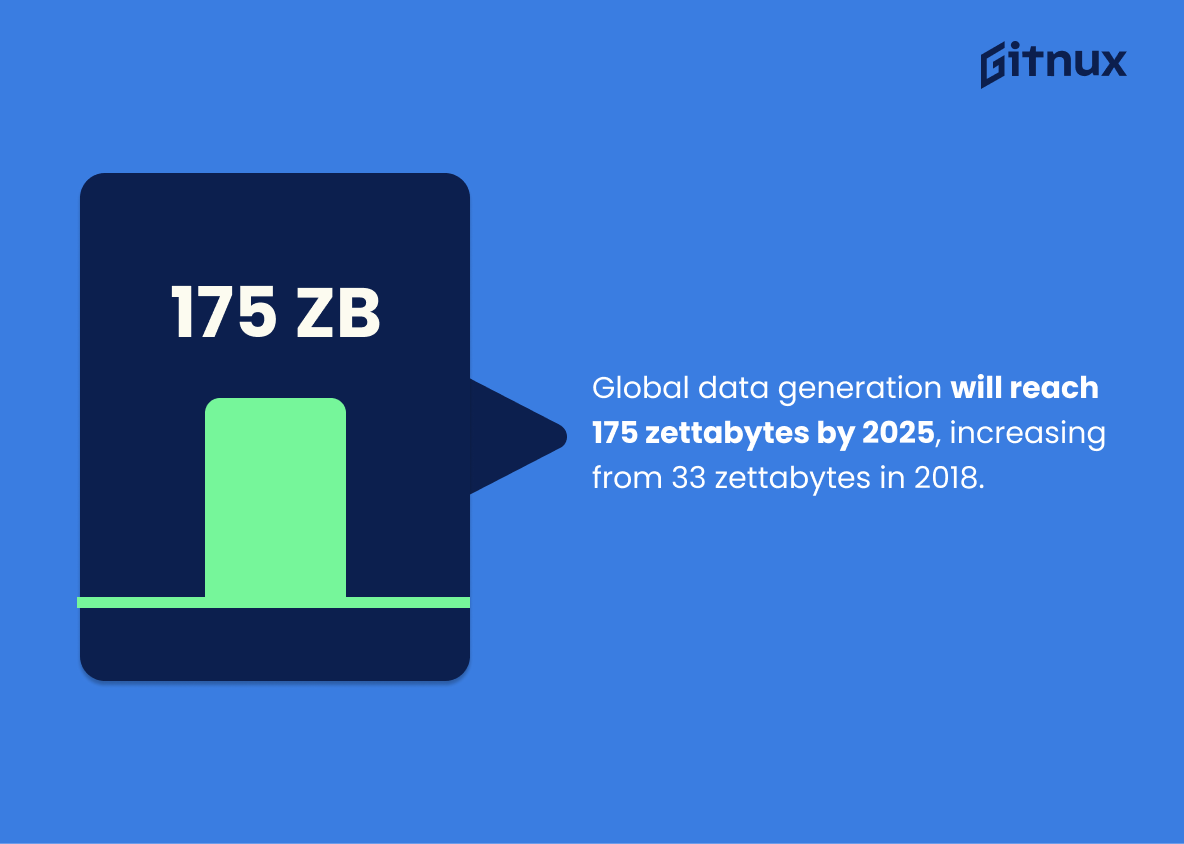The world is rapidly advancing in technology, and the statistics show it. Global spending on digital transformation technologies is expected to reach $2.3 trillion by 2023, while the number of Internet of Things (IoT) devices has grown from just over 3 billion in 2013 to 26.66 billion in 2019. As of January 2021, there are 4.66 billion active internet users worldwide – 59.5% of the global population – with 3.6 billion smartphone users as well as 216 million virtual reality (VR) users globally today compared to 93 million back in 2016 .
In 2020 alone, US businesses spent $581 billion on research and development (R&D), while China spent an even higher amount at $614billion; meanwhile artificial intelligence systems saw a jump from 37$5billionin2019to110billionby2024andtheglobalblockchaintechnologymarketisprojectedtoreach72billioby2026fromjust3billionin2020. Additionally 75%ofbusinessesareexpectedtobeusingchatbotsforcustomerserviceby 2022- up from 25% only four years prior – and solar panels & wind turbines will double their production rate for electricity generation by 2025 reaching 15%. The market value for machine learning reached 768milliondollarsin2019withanestimatedgrowthto5328milliondollarsby2027whiletheglobalecommercemarketsaleswillreach65trillion dollars by 2022 after having been 35 trillion dollars only three years ago. Finally themarketvalueforthewearabletechnologieshasexplodedreaching628billon dollarstodaycompared1689millionsonlyfiveyearsago..
Technological Growth Statistics Overview
As of January 2021, there are 4.66 billion active internet users, representing 59.5% of the global population.
This statistic is a testament to the incredible growth of technology in recent years. It shows that the internet has become an integral part of everyday life for the majority of the world’s population, and that technology is now a major part of our lives. This statistic is a powerful reminder of how far technology has come and how much it has changed our lives. It is a key indicator of the potential for further technological growth in the future.
In 2020, there were 3.6 billion smartphone users worldwide, an increase from 1.86 billion in 2015.
This statistic is a testament to the incredible growth of technology over the past five years. It shows that the number of smartphone users has more than doubled in that time, indicating that technology is becoming increasingly accessible and popular. This is an important trend to note, as it has implications for the way we communicate, work, and live our lives.
In 2020, the United States spent $581 billion on research and development (R&D), while China spent $614 billion.
This statistic is a telling indication of the current state of technological growth. It shows that China is investing more in research and development than the United States, which could lead to a shift in the balance of power in the tech industry. This could have far-reaching implications for the global economy, as well as the development of new technologies. It is a statistic that should not be overlooked in any discussion of technological growth.
Global spending on artificial intelligence (AI) systems will reach $110 billion in 2024, as compared to $37.5 billion in 2019.
This statistic is a testament to the rapid growth of artificial intelligence technology. It shows that AI is becoming increasingly important in the global economy, with spending on AI systems expected to more than double in the next five years. This is a clear indication that AI is becoming an integral part of our lives, and its impact on the world is only going to increase. This statistic is a powerful reminder of the importance of staying up-to-date with the latest technological advancements and understanding the implications of these advancements.
Approximately 75% of businesses are expected to be using chatbots for customer service by 2022, an increase from 25% in 2017.
This statistic is a testament to the rapid growth of technology in the customer service industry. It shows that in just five years, the number of businesses using chatbots for customer service has tripled, indicating that technology is becoming increasingly important in the customer service sector. This statistic is a powerful indicator of the technological advancements that have been made in the past few years and the potential for further growth in the future.
The number of virtual reality (VR) users worldwide has risen from 93 million in 2016 to an estimated 216 million in 2021.
This statistic is a testament to the incredible growth of virtual reality technology over the past five years. It shows that VR has become increasingly popular, with more and more people embracing the technology and its potential. This is a clear indication that technology is advancing at a rapid pace, and that the future of technology is bright. This statistic is a great example of how technology is transforming our lives and the world around us.
By 2025, the percentage of the world’s electricity produced by solar panels and wind turbines is expected to double to 15%.
This statistic is indicative of the tremendous growth in the use of renewable energy sources, which is a major step forward in the fight against climate change. It shows that the world is taking the necessary steps to reduce its reliance on fossil fuels and move towards a more sustainable future. This is an encouraging sign that technological advancements are being used to create a more sustainable world.
Global 3D printing market is expected to reach $40.8 billion by 2024, as compared to $10.4 billion in 2019.
This statistic is a testament to the incredible growth of the 3D printing market, demonstrating the immense potential of this technology. It highlights the fact that 3D printing is becoming increasingly popular and is being adopted by more and more businesses and individuals. This statistic is a clear indication of the immense potential of 3D printing and its ability to revolutionize the way we create and manufacture products. It is a powerful reminder of the incredible progress that technology has made in recent years and the potential it holds for the future.
By 2025, over 20.8 billion smart home devices will be installed, up from 9.5 billion in 2020.
This statistic is a testament to the rapid growth of smart home technology. It shows that in the span of just five years, the number of smart home devices installed will more than double. This is indicative of the increasing demand for smart home technology, and the potential for further growth in the years to come. It is a clear indication that technological growth is on the rise, and that smart home technology is becoming increasingly popular.
As of 2021, the global internet penetration rate has risen to 62.7%, as compared to 21.7% in 2005.
This statistic is a testament to the incredible growth of technology over the past decade and a half. It shows that the internet has become increasingly accessible to people around the world, allowing them to access information, communicate, and engage in commerce. This has had a profound impact on the global economy, as well as on the way people interact with each other. It is a powerful reminder of the potential of technology to improve lives and create opportunities.
The global blockchain technology market is predicted to reach $72 billion in 2026, up from $3 billion in 2020.
This statistic is a testament to the incredible growth of blockchain technology over the past few years. It shows that the technology is becoming increasingly popular and is being adopted by more and more businesses and organizations. This is a clear indication that blockchain technology is here to stay and will continue to be a major player in the technological landscape for years to come. This statistic is a great example of the potential of technology and the impact it can have on our lives.
In 2020, 67% of companies in the United States used a remote work model, as compared to 16% in 2019.
This statistic is a testament to the incredible growth of technology in the past year. It shows that the use of remote work models has skyrocketed, allowing companies to remain productive and efficient even when their employees are not physically present. This is a clear indication of how technology has enabled businesses to remain competitive and successful in the face of unprecedented challenges.
The autonomous (self-driving) vehicle market is expected to reach $1.3 trillion by 2030.
This statistic is a testament to the incredible potential of autonomous vehicles and the technological growth that has enabled them. It speaks to the incredible advances that have been made in the field of self-driving technology, and the potential for further growth in the coming years. It is a sign of the times, and a reminder of the incredible power of technology to shape our future.
Global data generation will reach 175 zettabytes by 2025, increasing from 33 zettabytes in 2018.
This statistic is a testament to the incredible rate of technological growth that is occurring in the world today. It shows that data generation is increasing exponentially, and that by 2025, it will be more than five times what it was in 2018. This is a remarkable achievement, and it speaks to the power of technology to revolutionize our lives. It is a reminder that technological growth is not only inevitable, but also necessary for us to keep up with the ever-changing world.
Worldwide spending on cloud computing services will reach $482 billion in 2022, as compared to $180 billion in 2015.
This statistic is a testament to the incredible growth of cloud computing services over the past few years. It highlights the immense potential of cloud computing and its ability to revolutionize the way businesses operate. It also serves as a reminder of the importance of staying up-to-date with the latest technological advancements in order to remain competitive in the ever-evolving digital landscape.
Global e-commerce sales will reach $6.54 trillion by 2022, up from $3.53 trillion in 2019.
This statistic is a testament to the incredible growth of technology and its impact on the global economy. It shows that e-commerce is becoming increasingly popular and is expected to continue to grow exponentially in the coming years. This is a clear indication that technology is playing an ever-increasing role in the way we shop and conduct business, and it is likely to have a significant impact on the global economy in the future.
Conclusion
The statistics presented in this blog post demonstrate the rapid growth of technology over the past decade. Global spending on digital transformation technologies is expected to reach $2.3 trillion by 2023, while global spending on artificial intelligence (AI) systems will reach $110 billion in 2024 and global data generation will reach 175 zettabytes by 2025. Additionally, there has been a significant increase in internet users worldwide as well as smartphone users and virtual reality (VR) users since 2016. Furthermore, businesses are increasingly using chatbots for customer service purposes and smart home devices have become more popular than ever before with an estimated 20.8 billion installed globally by 2025. Finally, research and development (R&D), solar energy production, machine learning market value, 3D printing market value and e-commerce sales are all projected to grow significantly within the next few years due to technological advancements across various industries around the world.
References
0. – https://www.statista.com
1. – https://www.gartner.com
2. – https://www.marketwatch.com
3. – https://www.spglobal.com
4. – https://www.data.oecd.org
5. – https://www.ovoenergy.com
6. – https://www.nytimes.com
7. – https://www.seagate.com
8. – https://www.idc.com
9. – https://www.researchandmarkets.com
10. – https://www.irena.org
11. – https://www.ourworldindata.org
12. – https://www.businesswire.com
ZipDo, cited June 2023: Technological Growth Statistics

